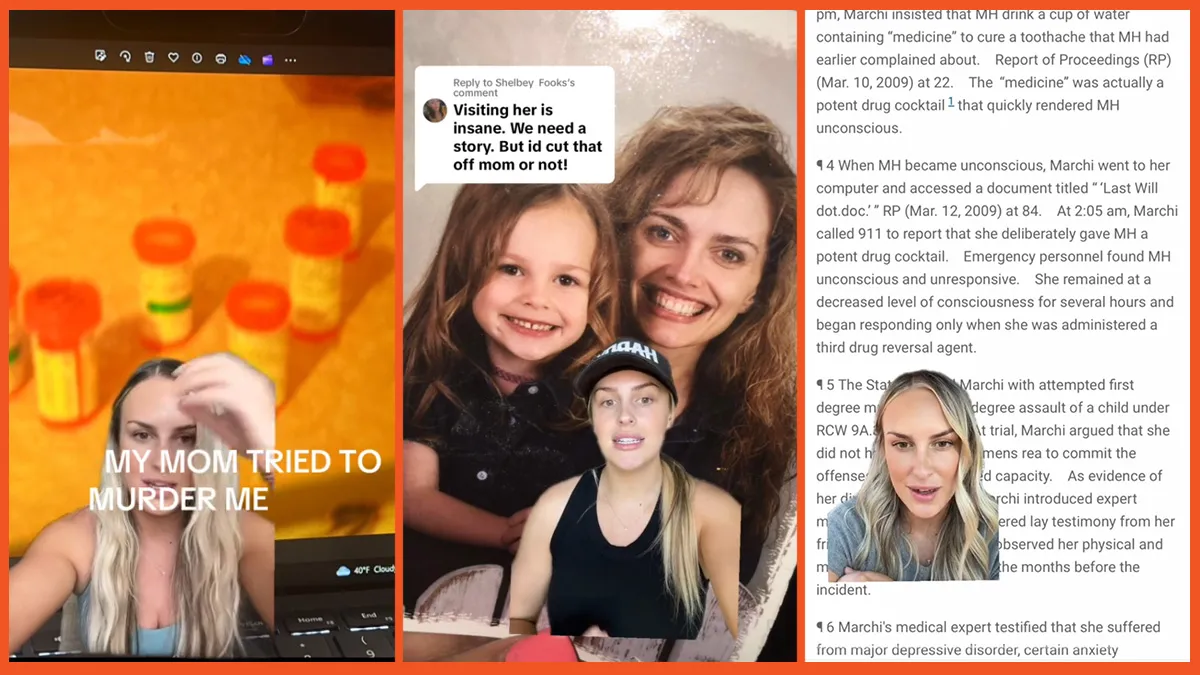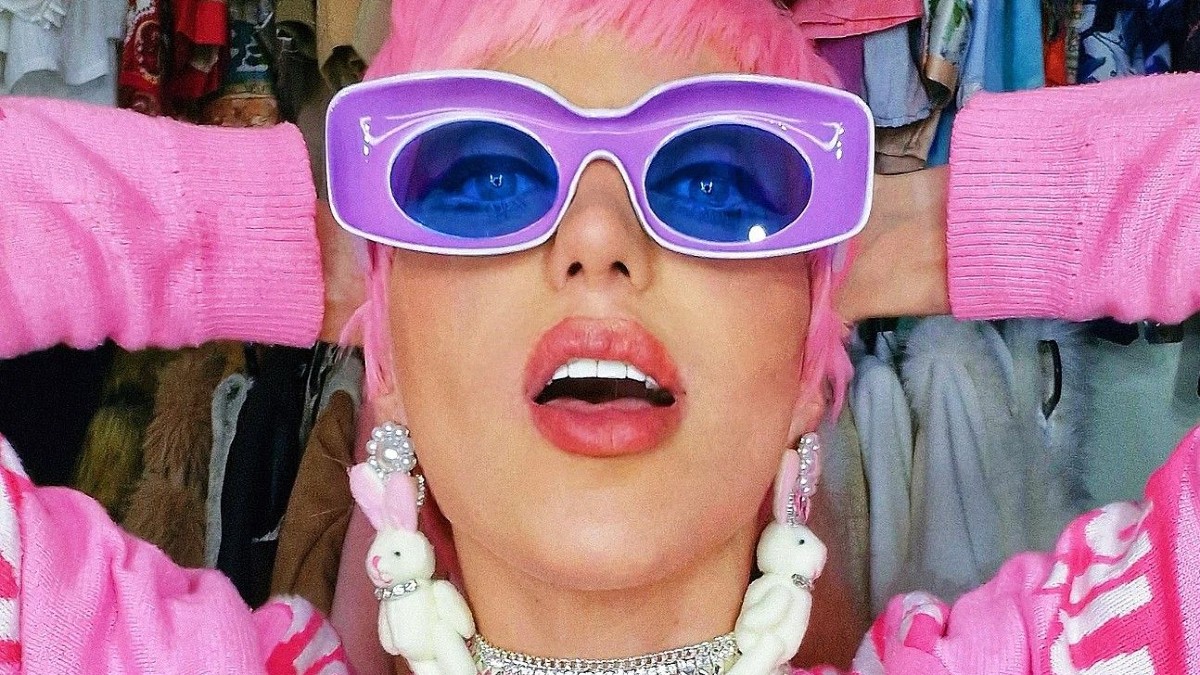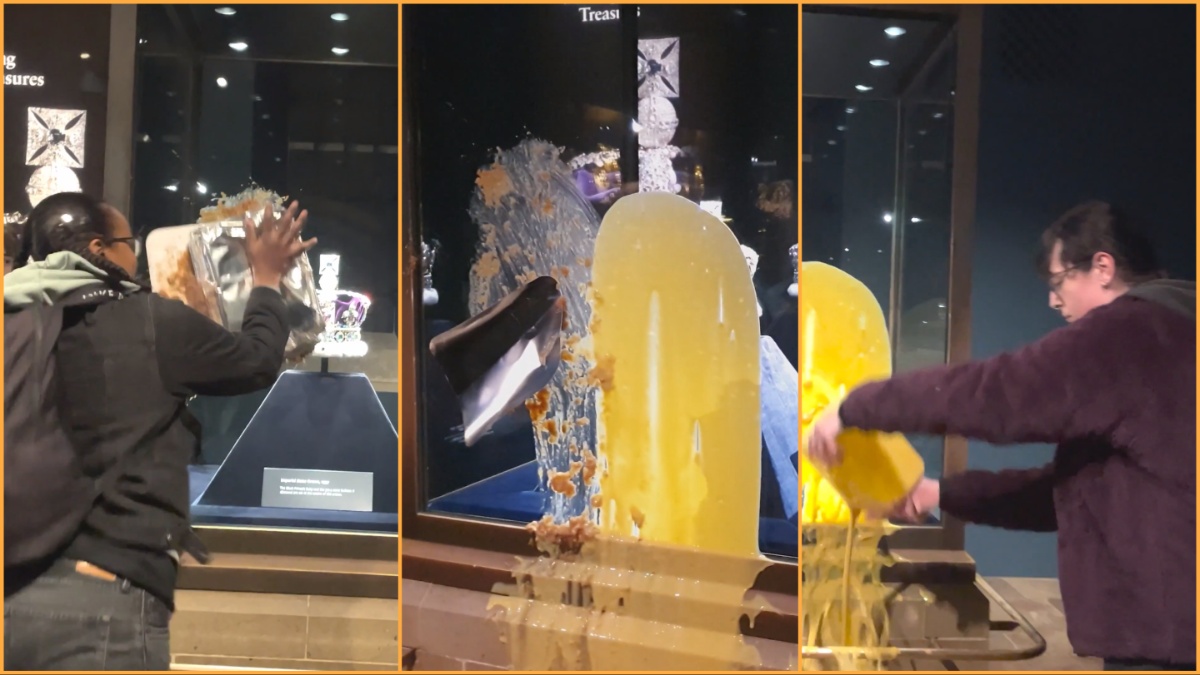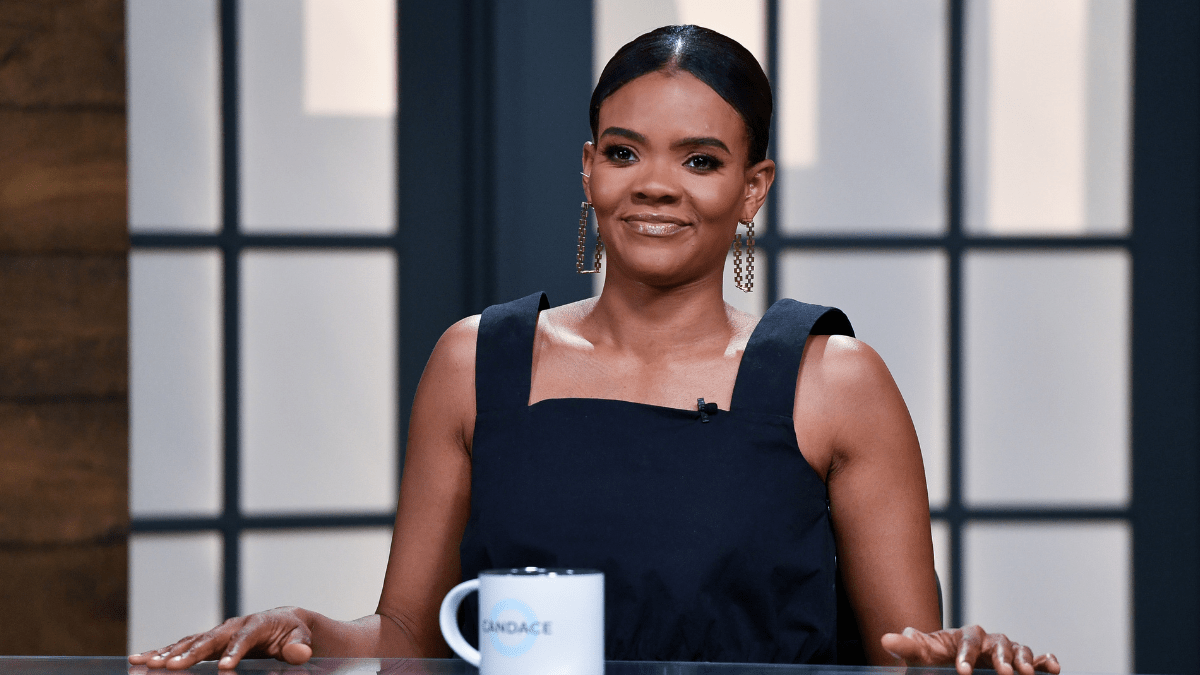For most of us, our 20s are for figuring life out and making dumb decisions. While we were partying and getting bad tattoos, TikToker @kennahardee was reconnecting with her attempted murderer – a woman who also happens to be her mother.
The photographer and soon-to-be-author released a series of lengthy TikTok Storytimes starting from just before the attempted murder, through her years of therapy and healing. After everything her own flesh and blood put her through, the TikToker still has ample compassion for the woman who tried to take her life when she was only 10 years old.
In an eight-post-long series, TikToker @Kennahardee, who goes by Kenna Hardee in real life, finally explained her viral “Susi Pesto” stitch. Her story starts shortly before her mother, Rhonda Marchi, succumbed to addiction. Kenna paints a picture of a beautiful childhood. She and her mother were thick as thieves, they did their nails, shared a bed, and were “best friends.” Nowadays she describes it as “co-dependent,” and sees signs of manipulative behavior narcissism everywhere.
Marchi ran the kindergarten she attended, coached her soccer team, and was a model parent. Kenna is the only biological child her parents share. They divorced when she was young, and “didn’t have a cordial relationship.” However, they did share custody and holidays. When she was with her mother, it was just Kenna and her older brother – until her younger sister was born and things began to fall apart.
Kenna was around eight when her mother’s drug addiction crept into their day-to-day lives. As a 4th grader, she was thrust into a parental role for her toddler sister while her high school-aged brother tried to keep the house running. They began cooking and cleaning, keeping up appearances, and carrying more responsibility than kids should.
Kenna remembers her mother dealing with depression and anxiety, riddled with panic attacks that were severe enough to warrant hospitalization. Her grandparents lived nearby and could take her mother to the hospital, but the proximity was a problem as well. Marchi could obtain a steady supply of “medicine,” like Benzodiazepines, hydrocodone and other opioids, from their grandparents’ home.
Marchi wouldn’t get out of bed without her pills, and Kenna was unwittingly providing her with the very drugs that were tearing their family apart. She remembers lining the pills up in an attempt to rouse her mother. But it wasn’t enough. By December 2006, she was missing school more often than she was attending. She remembers begging Marchi to take her to school or church, or simply “to be my mom again.”
Marchi kept going to the doctors “for help,” but opioids had little regulation in the early 2000s. By using different names and changing doctors frequently, she could go “pill shopping,” and pick any drug she wanted to try out. It’s an oversite that bothers Kenna to this day.
Her mother was only able to go down this road with the help of medical personnel – none of whom were questioned during the trial. It’s particularly frustrating when she explains that they lived in a small town, and Marchi frequented one doctor who wrote multiple prescriptions under different names. “He knew what he was doing, but he never got questioned,” she claims.
December 25, 2006, Kenna flew back from her dad’s after learning that she was going to Disney with her stepsister. She remembers having a toothache, and even though she hated medicine, she was in enough pain to ask for some. Though she was only 10, Kenna remembers Marchi acting erratically that night. She was frantically googling something and took hours to bring her the painkillers.
When the medicine finally arrived, it was a murky glass of “water.” In the cup, which matched one her mother was also drinking, she could see pieces of pills floating around – she assumed it was Alka-Seltzer. Her mother demanded that she drink it all, cutting it with a grape Capri-Sun to encourage her to finish. Her tox screen showed that Kenna had ingested somewhere between 50 and 100 pills. As she drifted out of consciousness, the last words she would hear her mother speak for 8 years rang in her ears, “Good job.”
When she woke in the Seattle Children’s Hospital, her father was there holding her hand. Kenna had been given 3 doses of narcan reversal to combat the overdose – 3 times the amount typically administered. EMT’s struggled to resuscitate her, and she says the fact that she survived is a miracle. She remembers her body feeling incredibly heavy, and that officers quickly came in to interrogate her. Her family wasn’t allowed to be with her without a police escort, and Kenna remembers being alone for much of her stay – officers were trying to keep her memories unclouded.
She wasn’t released to her family. Instead, she was sent to stay with a foster family. “Being a victim of a crime, a lot of my decisions were stripped from me,” it’s made her a very independent person as an adult, more than willing to shake her paradigm.
All the while she worried about what had happened to her mother, but no one would tell her anything. During her interrogation, Kenna remembers defending her mom. “I don’t even know the first time I really understood that my mom tried to kill me,” she admits. At 10 she couldn’t understand what had happened, now she marvels at how well the adults in her life navigated the situation.
Her aunts and uncles fought to get Kenna home. They managed to get the courts to release her to them, but it took days. She never got to say goodbye to her younger sister, but her family did their best to build a stable life for her. As they built the case for the next two years, Kenna remembers struggling with the idea that her mom and “best friend,” had tried to murder her.
Marchi was charged with neglect of a child and attempted murder, but her defense tried to claim temporary insanity. A homicide/suicide note proved it was premeditated. Throughout her videos, Kenna shares multiple pieces of her ordeal. From her interrogation, and the 911 call Marchi placed after the attempt, to multiple crime scene photos, she’s willing to show every bit of information the court has shared.
It took two years for the case to go to trial. Kenna, now 12, was called to the stand. Seeing her mother for the first time sent her body into panic mode. She remembers the defense attorney trying to invalidate her, but she held her own, “There is so much healing there is so much power in life after,” she says.
Marchi’s defense argued that the attempted murder and neglect counted as double jeopardy and won – meaning she only had to serve one sentence instead of two. Kenna wrote the court requesting her mother be held in jail for 20 years – long enough for her little sister to get through school. She was sentenced to 12 years. A No Contact for Life order was put in place, one that couldn’t be repealed until Kenna was 18 – but only for her, not her siblings. In yet another show of how broken the justice system is, her mother was released for good behavior after 9 years.
Kenna still tried to reconnect with her mother after she turned 18. The pair met several times before the TikToker realized she didn’t want anything to do with her. Over the years, Marchi has deflected blame and never given a reason for why she tried to kill her daughter. “I think it’s just wild and completely unsafe that she still doesn’t think she has anything wrong with her,” Kenna says.
The photographer has been through more than many of us will ever endure, but her strength shines through it all. She uses her platform to encourage others to rise above and reclaim their lives – even if she is still wary of the woman who tried to kill her. “If you met her…in real life you wouldn’t expect that she would have done what she’s done. You would have no idea. Think of all the people like that out there.”











Published: Jul 10, 2024 05:21 pm